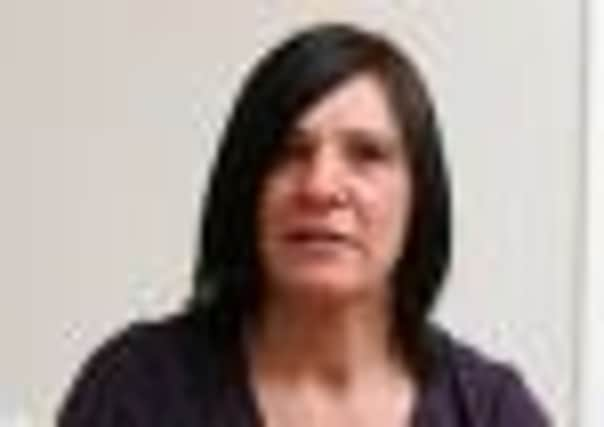Mother of tragic Arbroath teenager backs campaign for children in need


The teenager was assaulted, and the attack was videoed and circulated by mobile phone.
Lisa started drinking and then began cutting herself. When her mother discovered what she was doing, the family turned to Barnardo’s Scotland for help, and through the Self Harm Initiative in Arbroath the schoolgirl began to turn her life around.
Advertisement
Hide AdAdvertisement
Hide AdMrs Hutton, from Arbroath, said: “Lisa was just a normal teenager going out with friends, she had a beautiful voice, could play the guitar, loved music and wanted to be a musician.
“But she was totally humiliated by the attack and hit the vodka. Then I found out she’d been slashing herself.
“We got help from the Barnardo’s project and Lisa did really well.”
Tragically, shortly after she was offered a place at college to study music, Lisa died from an accidental drugs overdose after a party. She was 15.
The Arbroath project is one of more than 120 run by Barnardo’s Scotland, the charity which The Scotsman is supporting in its Christmas Appeal this year.
Barnardo’s Scotland needs to raise £3 million each year to maintain its services. Every donation can help vulnerable children to achieve a better life.
Self-harm among young people is a growing problem in Scotland. A study published last week revealed the number of young people seeking help about self-harm had risen by nearly 50 per cent in a year. More than 2,000 children received counselling and there was a 39 per cent year-on-year rise in contacts about suicide.
Another teenager supported by the Arbroath project, which works with young people aged 12-18, described the feelings that drive her to harm herself.
Advertisement
Hide AdAdvertisement
Hide Ad“I feel like I’m in a dark place and can’t get out,” she said. “Whenever I try to get out it drags me back in.”
Murdo Mathers, children’s services manager at Barnardo’s Self Harm Initiative in Arbroath, said the issue was more than simply attention-seeking.
“The first thing we do is to assess the level of risk and try to find out if they are feeling suicidal,” he said. “From there we plan a programme on a one-to-one basis.
“The important step is to build up trust and get people to try to talk about their problems, identify what triggers the self-harm and look at various scenarios and alternatives.
“Initially, we wouldn’t stop them self-harming, because if you take away that way of controlling, you need to put something else in its place.”
Instead, other measures, such as crushing ice in the hand or pinging elastic bands on the wrist, are discussed.
Martin Crewe, the chief executive of Barnardo’s Scotland, said: “Self-harm is an issue for many of our children and young people, and as we have seen this week the number of young people reporting self-harming behaviour has risen sharply over. We hope by increasing public awareness young people will be more confident in asking for help.”